Professional Courses
Industry-relevant training in Business, Technology, and Design
Categories
Interactive Games
Fun games to boost memory, math, typing, and English skills
Typing
Memory
Math
English Adventures
Knowledge
The Complete JEE Advanced Exam Pattern
The Complete JEE Advanced Exam Pattern
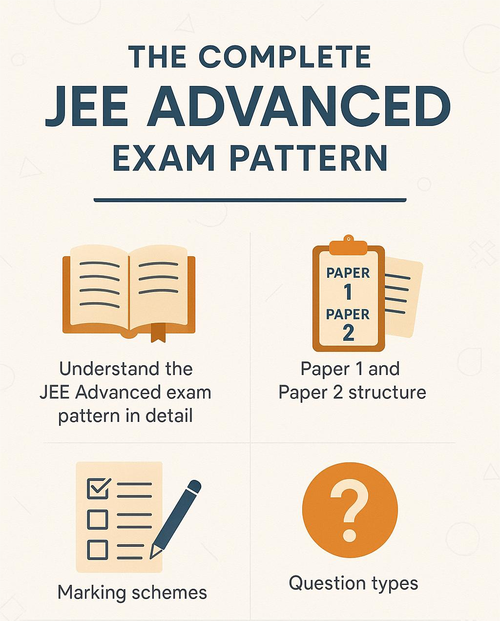
Every student aiming for the IITs knows that JEE Advanced is not just another entrance test. It is one of the toughest exams in India and is designed to separate the best from the very best. Cracking it requires a deep understanding of Physics, Chemistry, and Mathematics, but it also demands a clear awareness of how the exam is structured. Many students underestimate the importance of understanding the JEE Advanced exam pattern. They focus on the syllabus and books but forget that strategy plays a huge role. After all, even if you know the concepts, applying them within the exact rules of the exam is what earns you the marks.
In this article, we’ll explore the complete JEE Advanced exam pattern in detail. You will understand the structure of Paper 1 and Paper 2, the types of questions, the marking schemes, and how to use this knowledge to your advantage. We’ll also discuss which chapters often turn out to be high scoring and what students should focus on most to maximize their performance.
Why Knowing the Exam Pattern Matters
Imagine preparing for a game without knowing its rules. No matter how strong you are, you won’t be able to win if you don’t know how to play. The same applies to JEE Advanced. Without clarity on its structure, you risk spending too much time on the wrong questions, making blind guesses that carry negative marking, or failing to attempt high-value sections efficiently.
The JEE Advanced exam pattern is unique. Unlike JEE Main or other competitive exams, it doesn’t follow a fixed question style or even a fixed marking scheme every year. The organising IIT has the freedom to vary the pattern slightly, which keeps the exam unpredictable. For students, this means adaptability is as important as preparation.
By understanding the past and current structure of the exam, you can prepare with the right mindset. You learn where to focus, how to manage time, and how to avoid costly mistakes.
Overall Structure: Two Papers, One Exam
The JEE Advanced exam is conducted in two sessions on the same day. Paper 1 is held in the morning, and Paper 2 in the afternoon. Each paper lasts three hours, and both are compulsory. You cannot choose to skip one; your rank depends on your performance in both papers combined.
Each paper covers all three subjects, Physics, Chemistry, and Mathematics. Together, the two papers test your understanding of the entire JEE Advanced syllabus. Typically, each paper has around 54 questions, which makes a total of about 108 questions in the full exam. However, the number of questions can vary slightly from year to year, depending on the organising IIT’s design.
In terms of marks, both papers together usually add up to around 360 marks. In some years, the total has been slightly higher or lower, ranging from 306 to 372. The variation does not mean the exam becomes easier or harder, because the cut-offs are adjusted accordingly. What matters is your relative performance compared to other aspirants.
Paper 1 Explained
Paper 1 typically begins with Physics, followed by Chemistry, and then Mathematics. Each subject carries roughly equal weightage. Within these sections, you will find a mix of different question types.
The most common format is multiple-choice questions (MCQs), where either one correct answer or multiple correct answers may be expected. For single-answer MCQs, you generally receive +3 marks for a correct response and –1 for an incorrect one. For multiple-correct questions, the marking is more complex. You may get full marks if you select all correct options, partial marks if you select some of them correctly, or negative marks if you select incorrectly. This makes careful judgment essential.
Another question type often included is numerical value questions (NATs). These require you to solve a problem and type in a numerical answer. There are no options to choose from. While this removes the risk of random guessing, it demands precision. The good news is that NATs usually carry no negative marking. A wrong answer simply gives you zero.
Paper 1 may also include matching-type questions or paragraph-based questions. These test your comprehension and your ability to apply multiple concepts at once. They can be scoring if you are comfortable with the syllabus, but they also take more time.
Paper 2 Explained
Paper 2 follows the same three-subject structure but often introduces variations in question types. For example, you might find integer-type questions where answers must be whole numbers, or matrix-match questions where you link two columns of options.
Like Paper 1, the marking scheme includes a mix of positive and negative marks. For example, integer-type questions often carry +3 for correct and –1 for wrong answers. Multiple-correct MCQs again offer partial credit but punish careless selections with negative marks.
Because both papers together determine your rank, you cannot afford to underperform in one and hope the other saves you. Consistency across both sessions is critical.
Marking Scheme in Detail
One of the most challenging aspects of the JEE Advanced exam pattern is the marking scheme. It changes slightly every year, which means you must carefully read the instructions on exam day. Still, some patterns are common.
Single-correct MCQs usually give +3 for correct, –1 for wrong, and 0 for unanswered. Multiple-correct MCQs can give full marks (+4), partial marks (+1 to +3), or negative marks (–2). Numerical value questions often give +3 for correct and no penalty for wrong answers. Matching-type questions usually have +3 for correct and –1 for wrong.
The variation in marking is meant to discourage blind guessing and reward careful, confident answering. For students, this means you need to know when to attempt and when to leave a question blank.
Question Types and How to Handle Them
The variety of question types in JEE Advanced is what makes it tougher than most exams. Here’s what each type demands:
- Single-correct MCQs are straightforward if you know the concept. They are usually the quickest to solve.
- Multiple-correct MCQs require patience. You cannot rush because selecting one extra option wrongly can cost you marks. Always solve these by elimination and double-check your reasoning.
- Numerical value questions test precision. Since there are no options to guess from, you must calculate carefully. Rounding errors or misinterpretation can cause you to lose marks.
- Match-the-following or matrix-type questions test both knowledge and time management. They are lengthy but often scoring if approached systematically.
- Paragraph-based or comprehension questions combine multiple concepts. They may look intimidating, but usually, the sub-questions are easier once you understand the given passage.
By practicing all these types regularly, you can remove the element of surprise on exam day.
High-Scoring Chapters in the Exam Pattern
Even though the exam pattern is flexible, analysis of previous years shows some clear trends in high-scoring chapters.
In Physics, Mechanics and Electrodynamics are dominant. These areas often carry multiple questions and sometimes appear across both papers. Optics and Modern Physics are also reliable scoring zones if revised thoroughly.
In Chemistry, Inorganic Chemistry provides the most direct questions, especially from NCERT. Physical Chemistry numericals can be high scoring if you practice formulas and problem types regularly. Organic Chemistry requires logic and reaction practice but also offers straightforward marks once you master mechanisms.
In Mathematics, Calculus leads the way, followed closely by Coordinate Geometry. Matrices, Determinants, and Probability also appear regularly. Students who practice enough in these chapters usually secure a strong score.
By focusing more on these chapters without neglecting the rest, you increase your chances of maximizing marks.
How to Use the Pattern in Your Preparation
Once you understand the JEE Advanced exam pattern, you should incorporate it into your preparation strategy. Don’t just study chapters in isolation. Practice solving them in exam-like conditions. Use mock tests that mimic the two-paper format, complete with marking schemes and time limits.
After every mock, spend time analyzing your mistakes. Did you lose marks because of a concept gap, a silly calculation error, or poor time management? This analysis is as important as studying itself. It ensures you don’t repeat mistakes in the real exam.
If you are in Class 11 or Class 12, structure your timetable around both board exam and JEE Advanced needs. If you’re younger and in Class 9 or Class 10 then start by building strong fundamentals. Platforms like AllRounder.ai help you align your board syllabus with competitive exam requirements so you don’t feel like you’re preparing for two different things.
Final Tips
The JEE Advanced exam pattern is designed to reward clarity, patience, and adaptability. To succeed, you need to practice across all question types, learn to manage time across two back-to-back papers, and build the ability to stay calm under pressure.
Always read instructions carefully on exam day, because even small changes in marking can affect your strategy. Attempt confidently where you are sure, but don’t take unnecessary risks where negative marking is high. Balance your strengths across all three subjects and give extra attention to high-weightage chapters.
Conclusion
Cracking JEE Advanced is not just about knowing the syllabus; it is about knowing how the exam is structured and playing by its rules. The two-paper format, the varied question types, and the shifting marking schemes make this exam unique. Students who understand the JEE Advanced exam pattern and prepare accordingly are always one step ahead.
So, as you continue your preparation, don’t just solve random problems. Practice them in the exact format of the exam. Take timed tests, analyse your mistakes, and refine your approach. With strong fundamentals, consistent practice, and awareness of the exam pattern, you can give yourself the best chance of securing a top rank and achieving your IIT dream.
Platforms like AllRounder.ai can make this journey smoother by helping you build your school knowledge while preparing you for competitive exams in a structured way. Whether you are in Class 9, Class 12, or anywhere in between, knowing the exam pattern and aligning your preparation to it is the smartest step toward success.
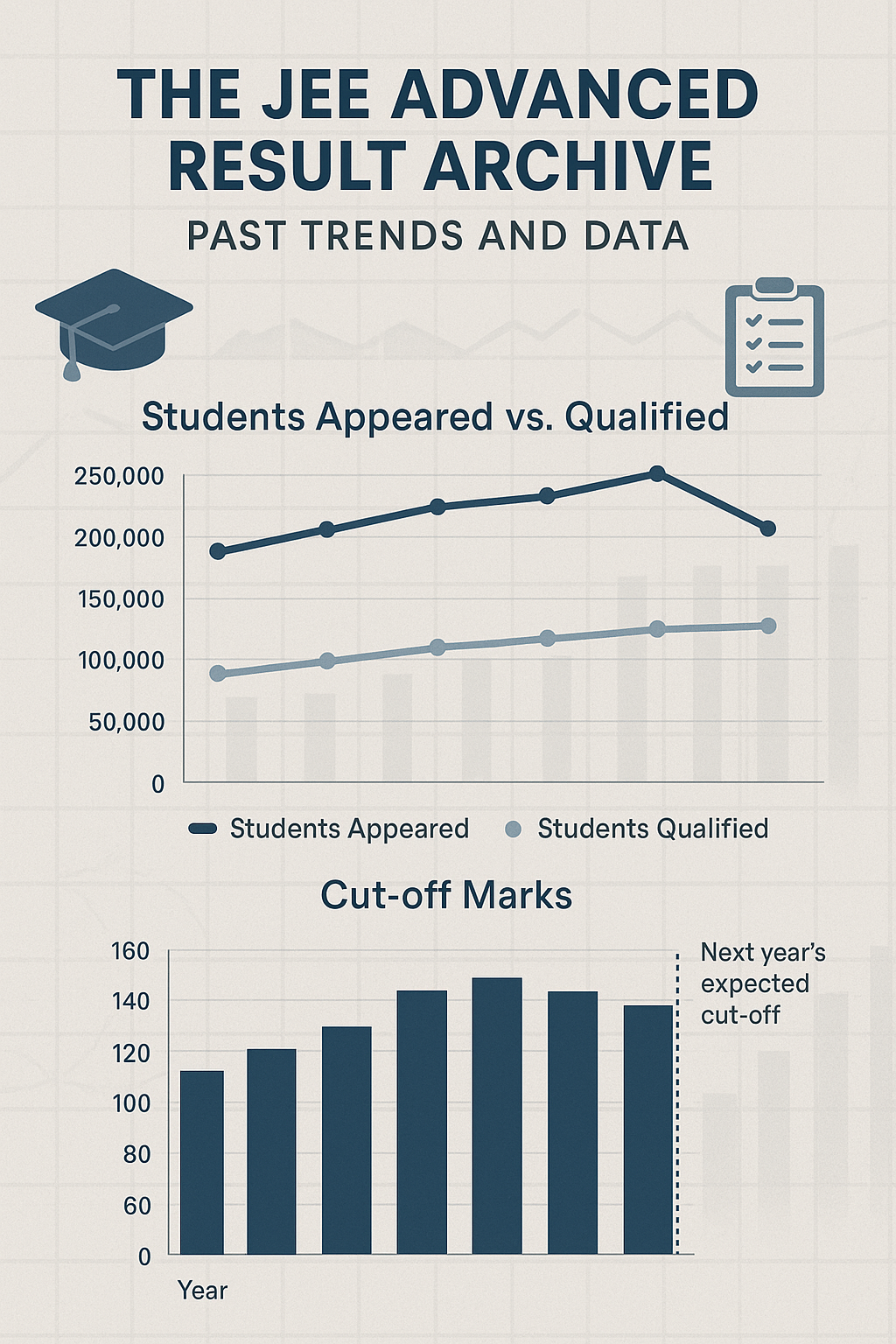
Explore the JEE Advanced Result Archive with past years’ data, insights on students appeared vs qualified, cut-off...

Got your JEE Advanced result? Here’s the complete step-by-step guide to the JoSAA counselling process from...
.jpg?width=500)
How many seats in JEE Advanced? Explore IIT seat distribution across all branches like CSE, Mechanical, Aerospace,...
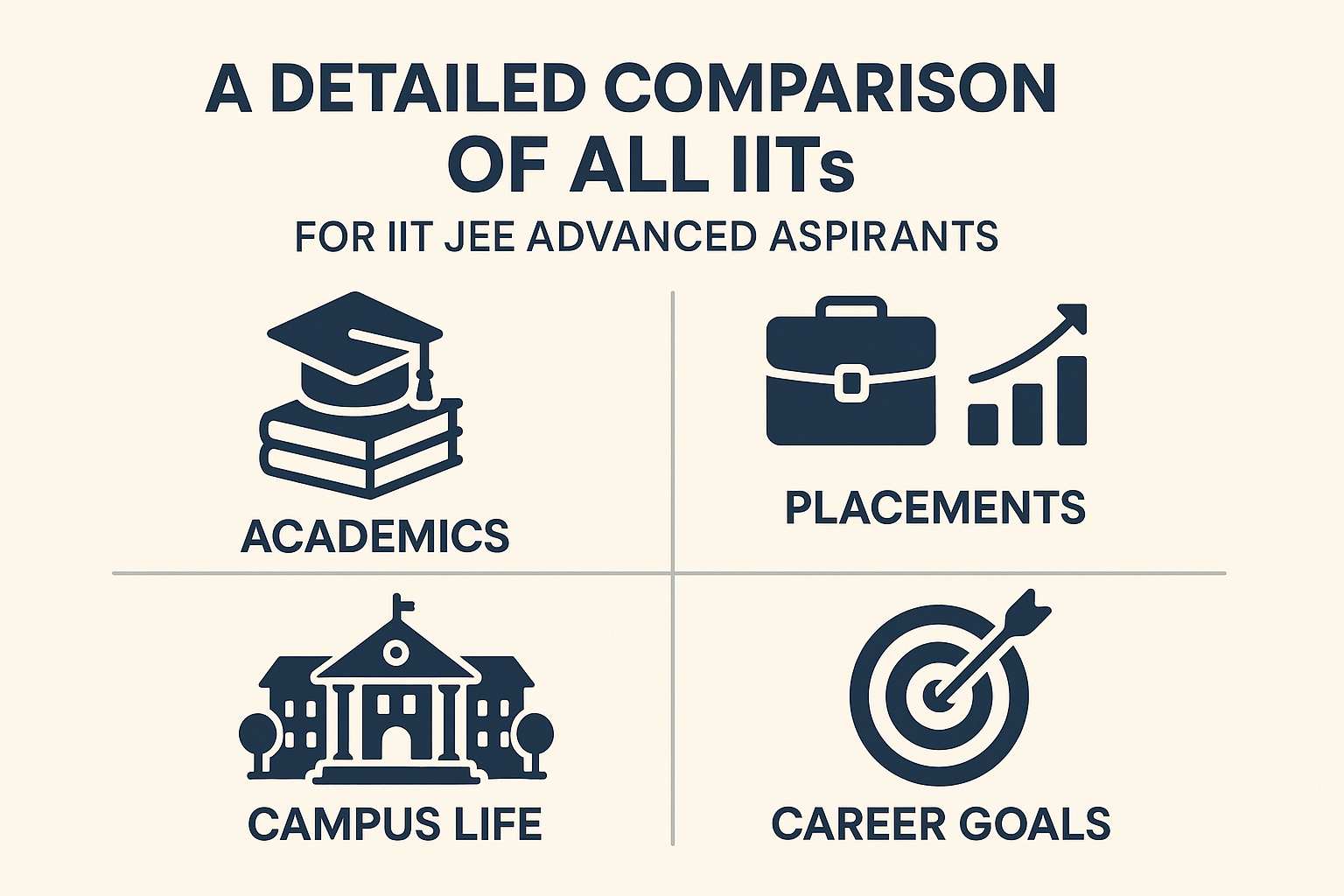
Compare all IITs for JEE Advanced aspirants. Learn about academics, placements, campus life, and find which IIT is...
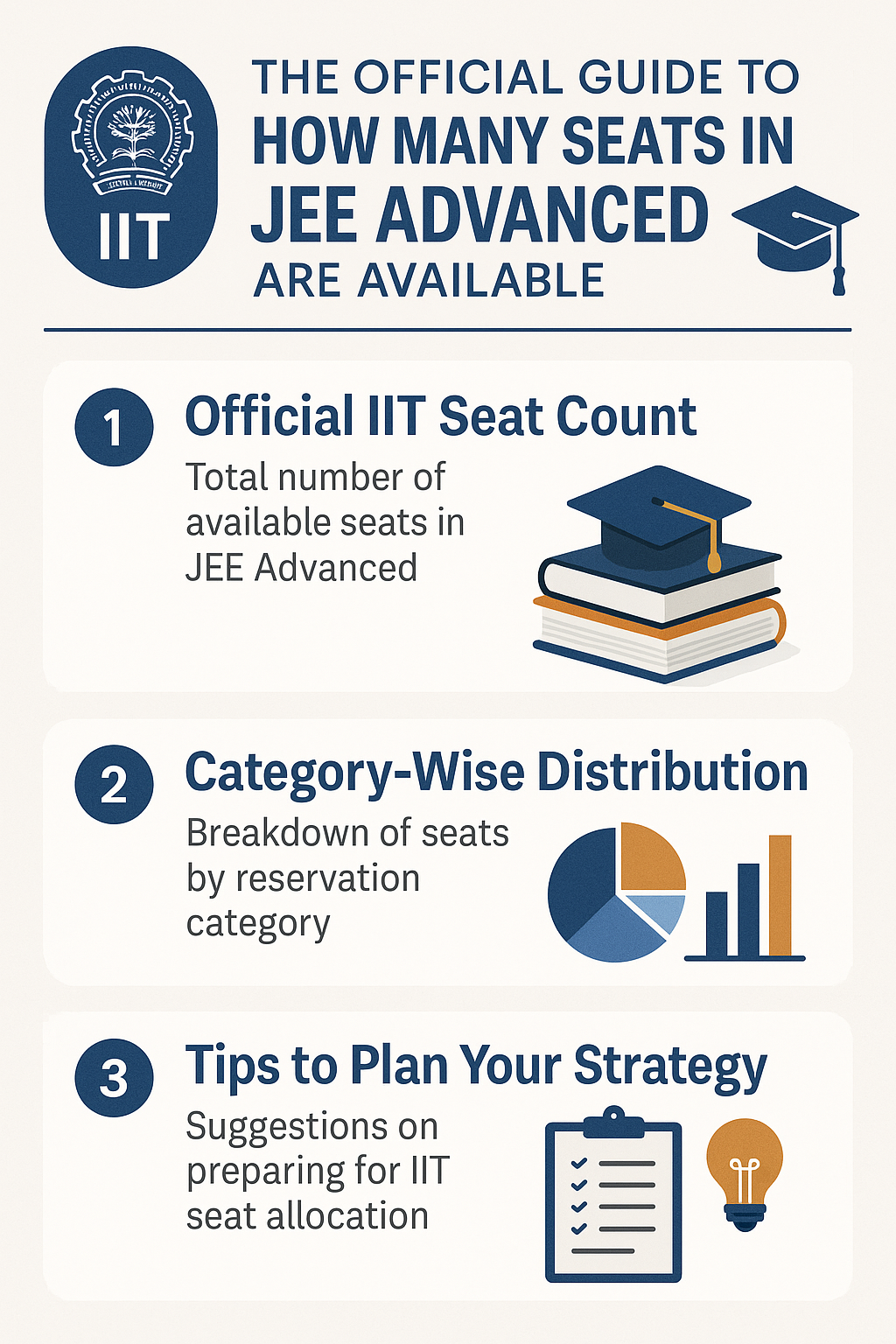
Wondering how many seats in JEE Advanced are available? Get the official IIT seat count, category-wise distribution,...
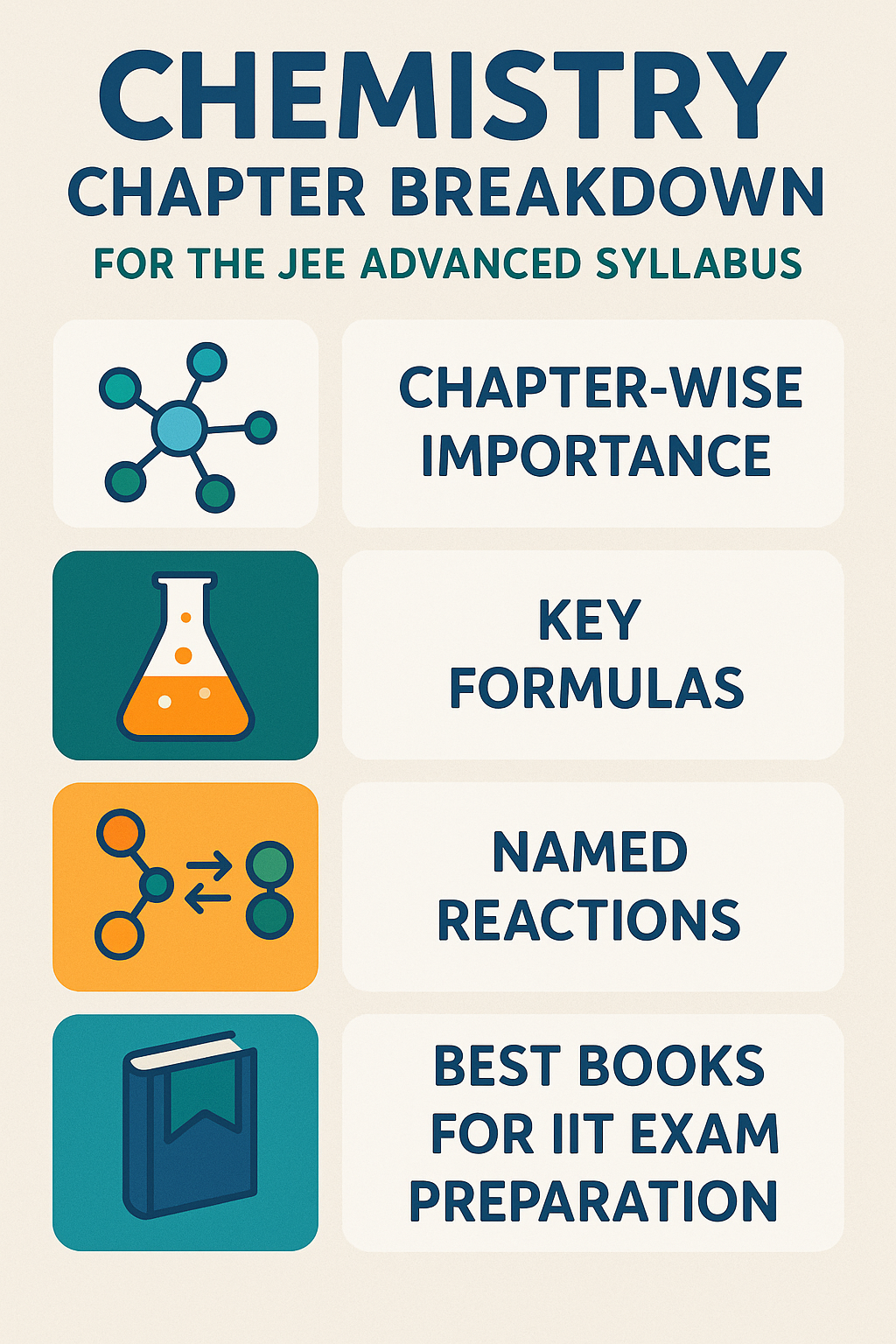
Explore the Chemistry JEE Advanced syllabus with chapter-wise importance, key formulas, named reactions, and the...
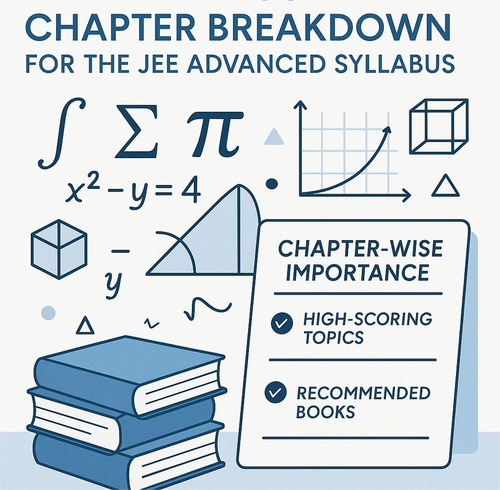
Explore the Maths JEE Advanced syllabus with chapter-wise importance, high-scoring topics, and the best books to...
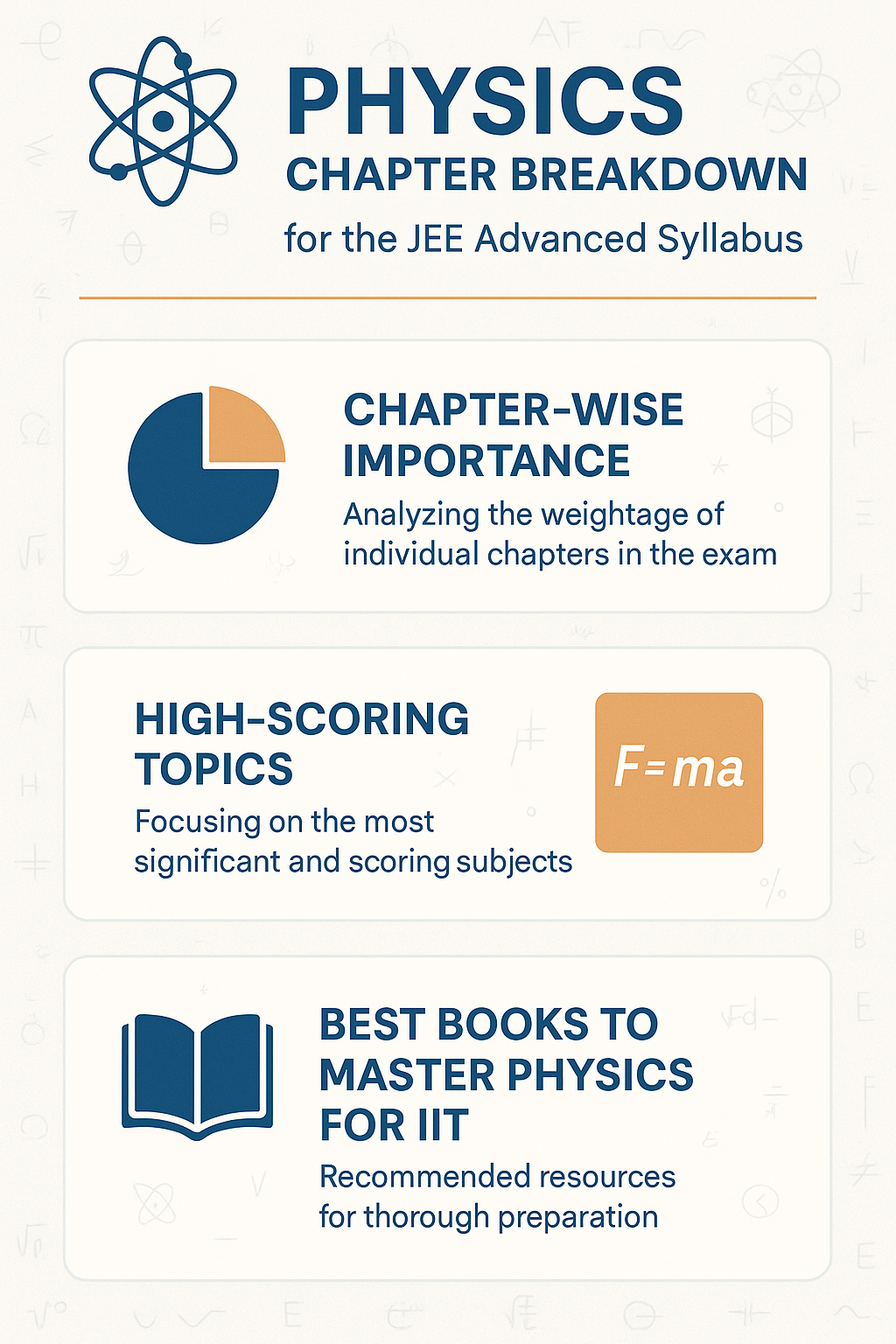
Explore the Physics portion of the JEE Advanced syllabus. Get chapter-wise importance, high-scoring topics, and the...

Learn the complete JEE Advanced registration process. Check eligibility, required documents, fees, and step-by-step...

Understand the JEE Advanced exam pattern in detail. Learn about Paper 1 and Paper 2 structure, marking schemes,...

Find out the minimum percentile required for JEE Advanced eligibility. Learn category-wise cutoff trends, rules, and...
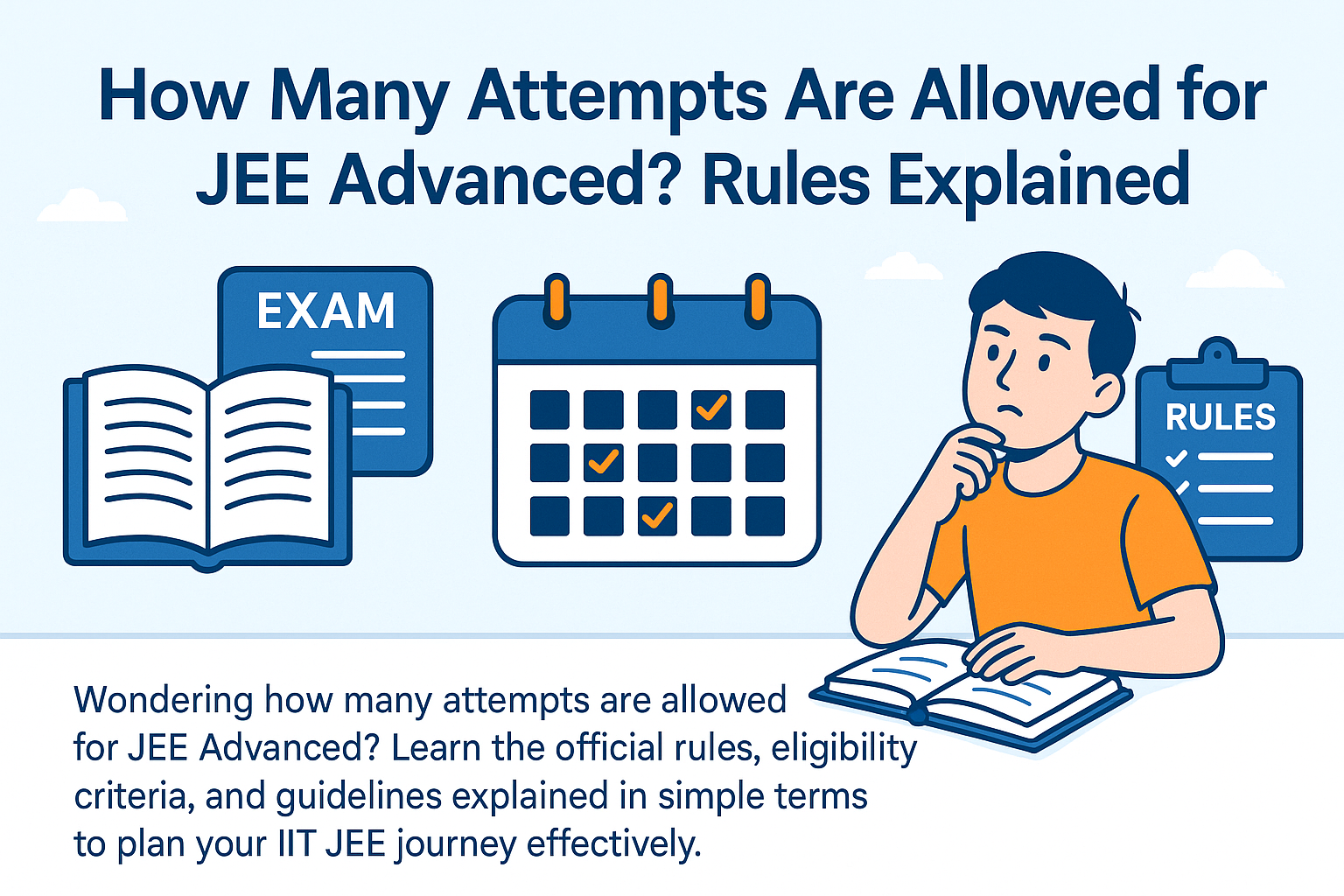
Wondering how many attempts are allowed for JEE Advanced? Learn the official rules, eligibility criteria, and...
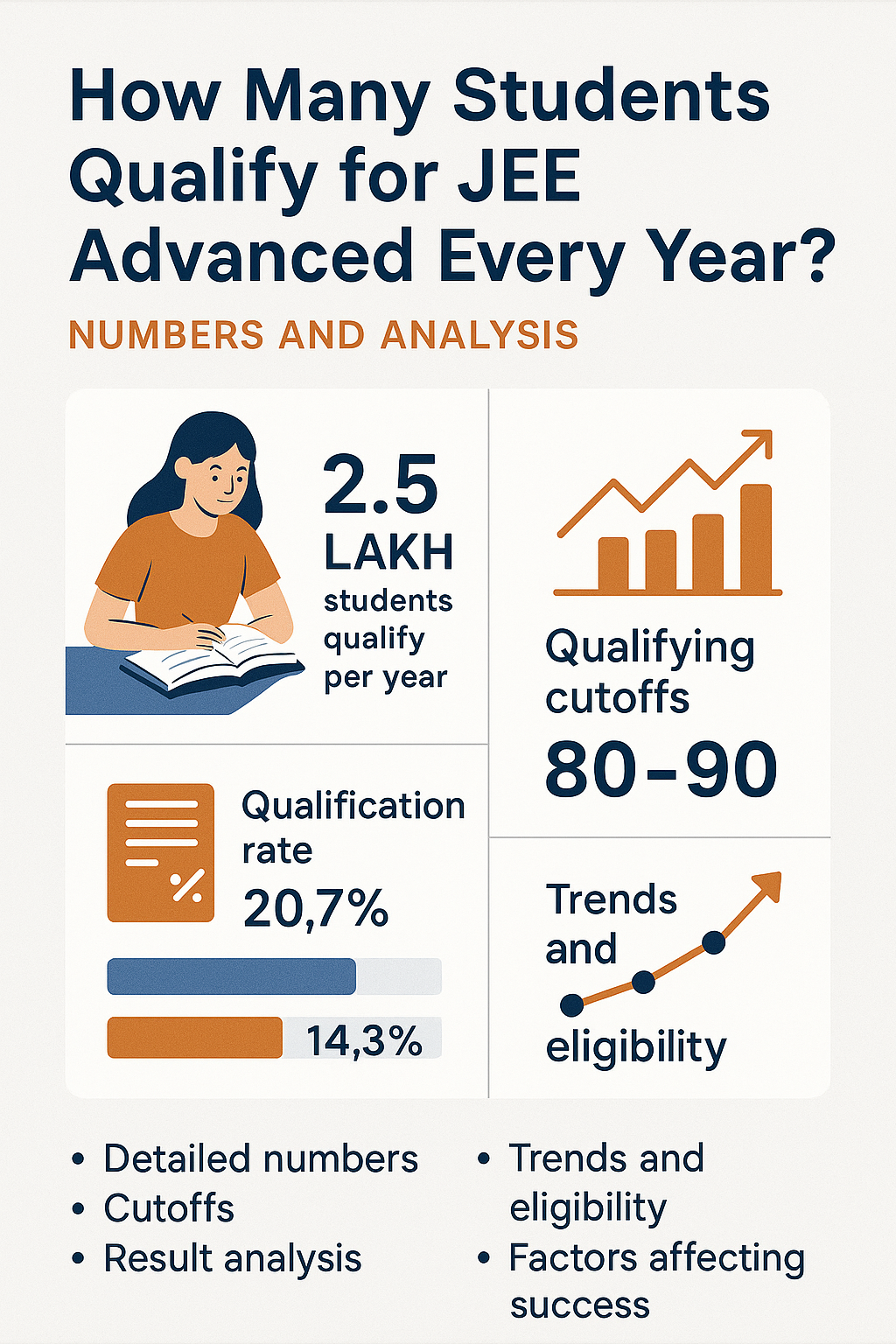
Discover how many students qualify for JEE Advanced every year with detailed numbers, cutoffs, and result analysis....

Stay updated with the latest JEE Advanced news. Get details on exam dates, registration process, results, and...
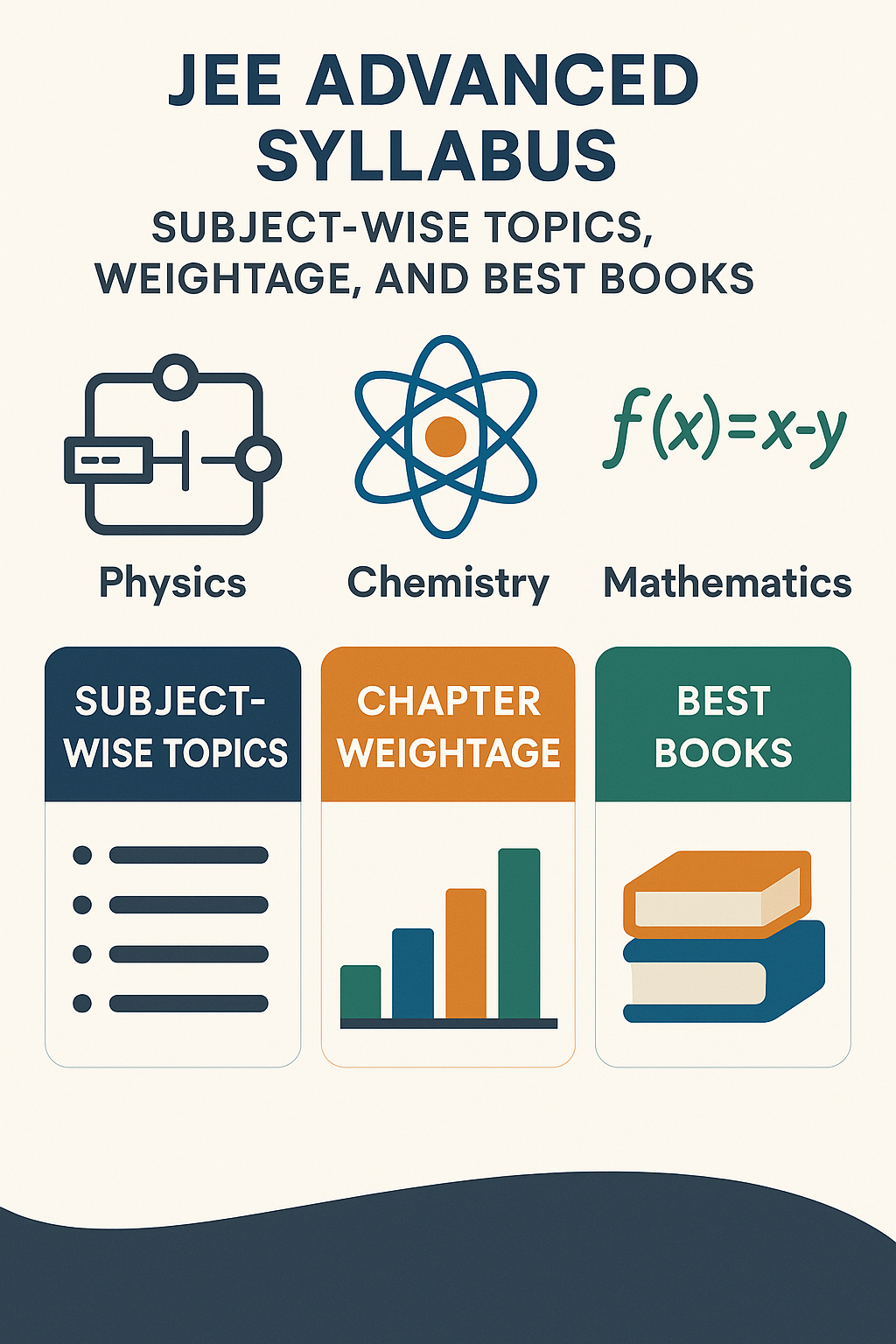
Explore the complete JEE Advanced syllabus with subject-wise topics, chapter weightage, and best books for Physics,...
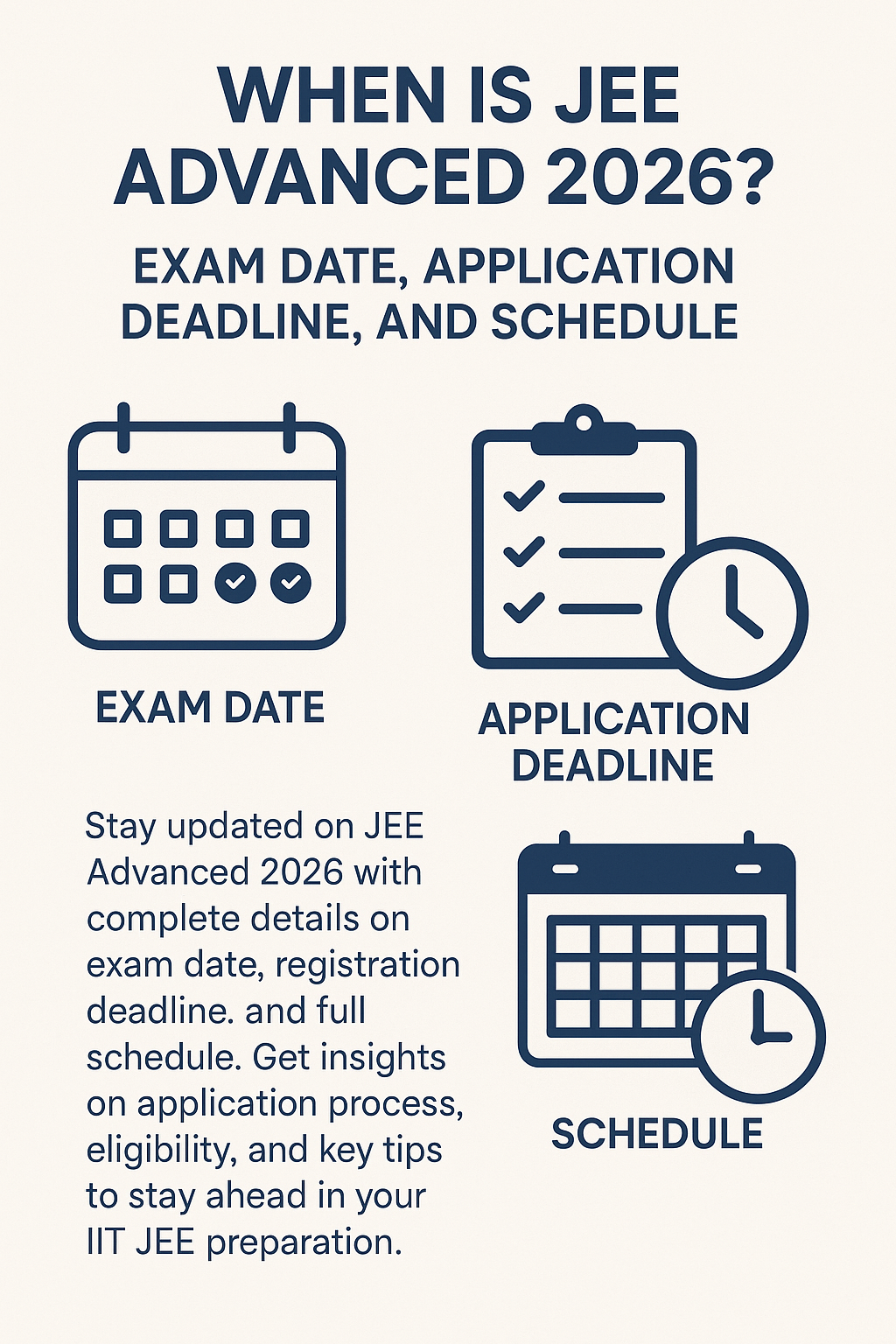
Stay updated on JEE Advanced 2026 with complete details on exam date, registration deadline, and full schedule. Get...
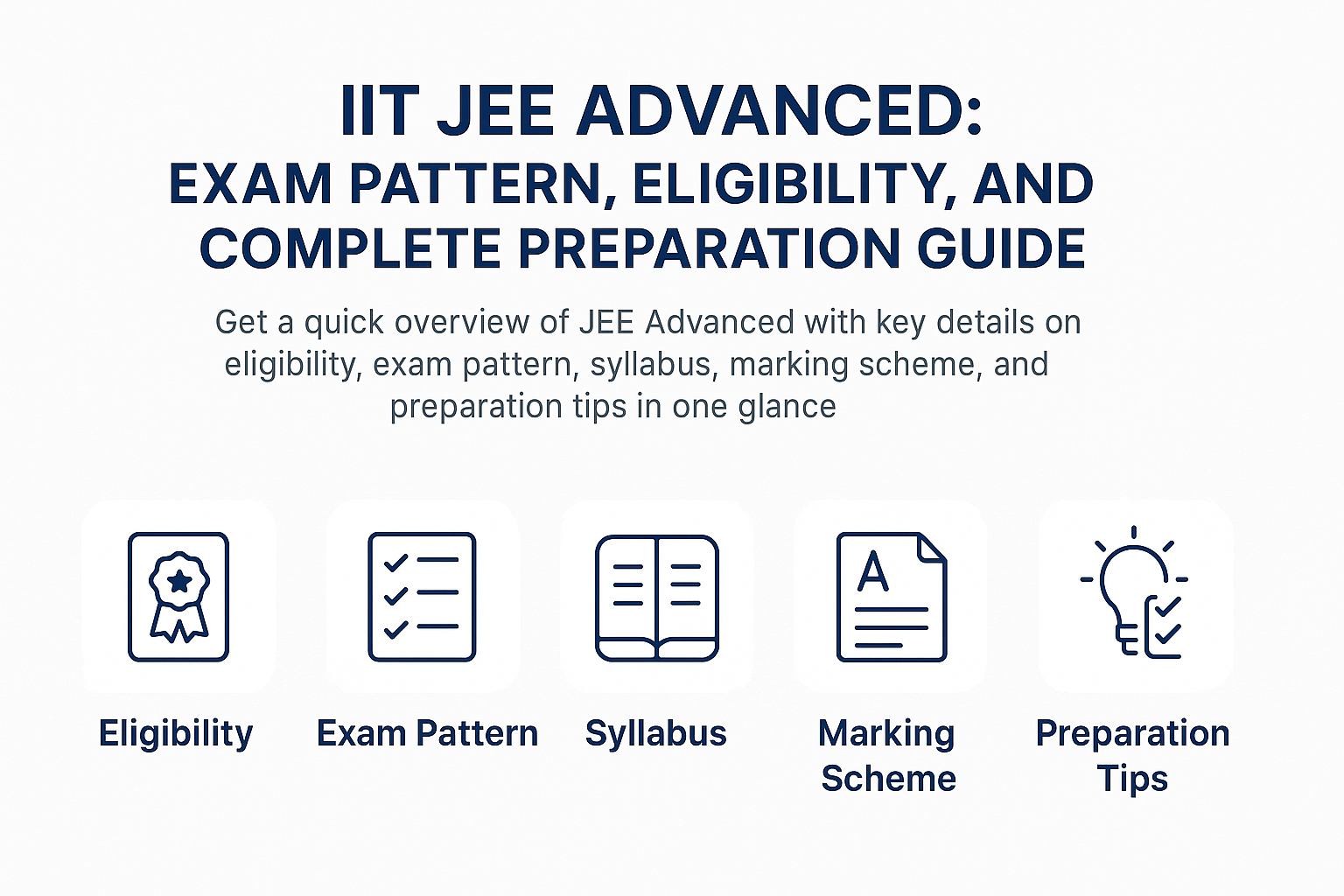
Get a quick overview of JEE Advanced with key details on eligibility, exam pattern, syllabus, marking scheme, and...

Curious about JEE Advanced marks vs rank? Explore expected cutoffs, past year trends, and how your score translates...
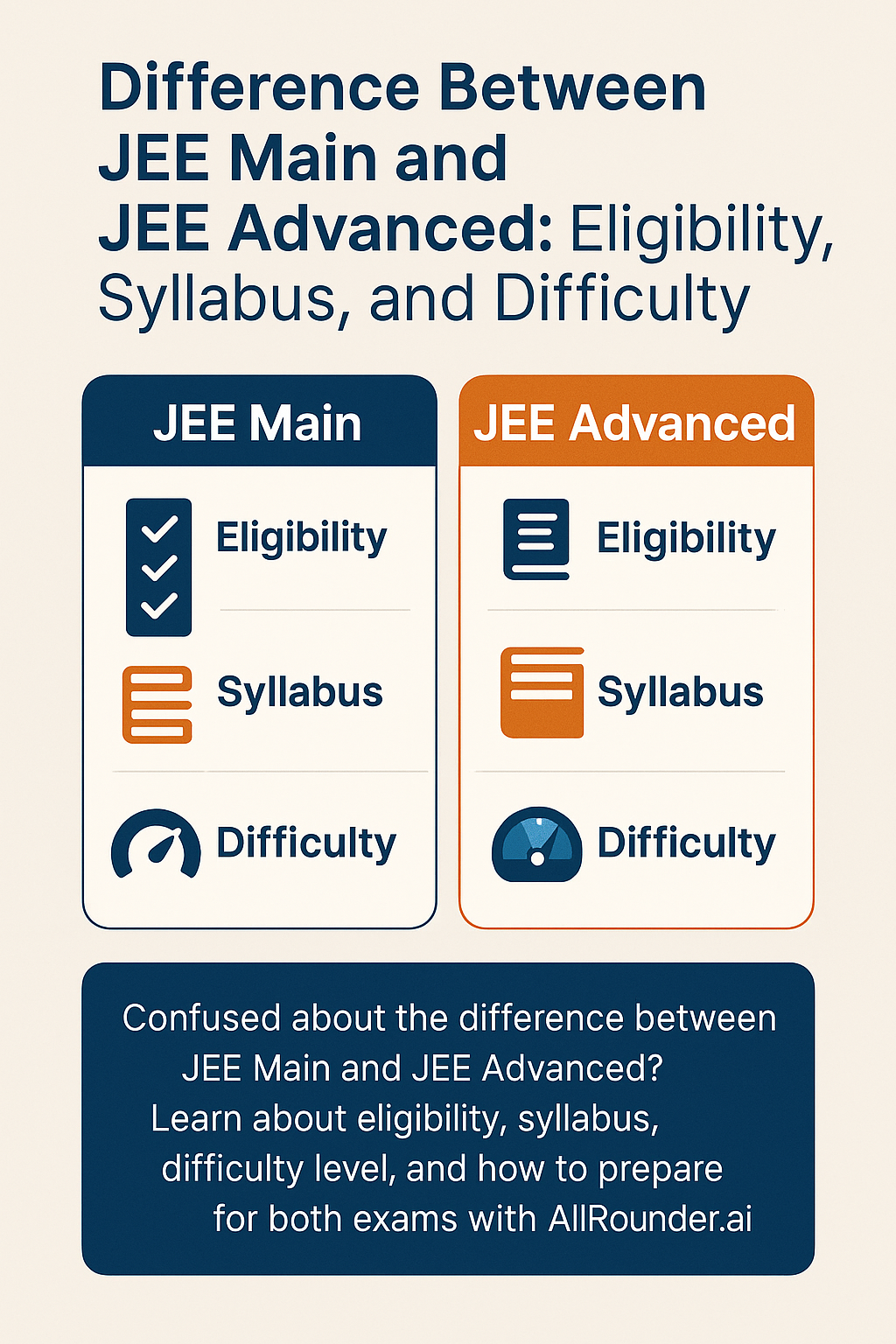
Confused about the difference between JEE Main and JEE Advanced? Learn about eligibility, syllabus, difficulty...
Resources
-
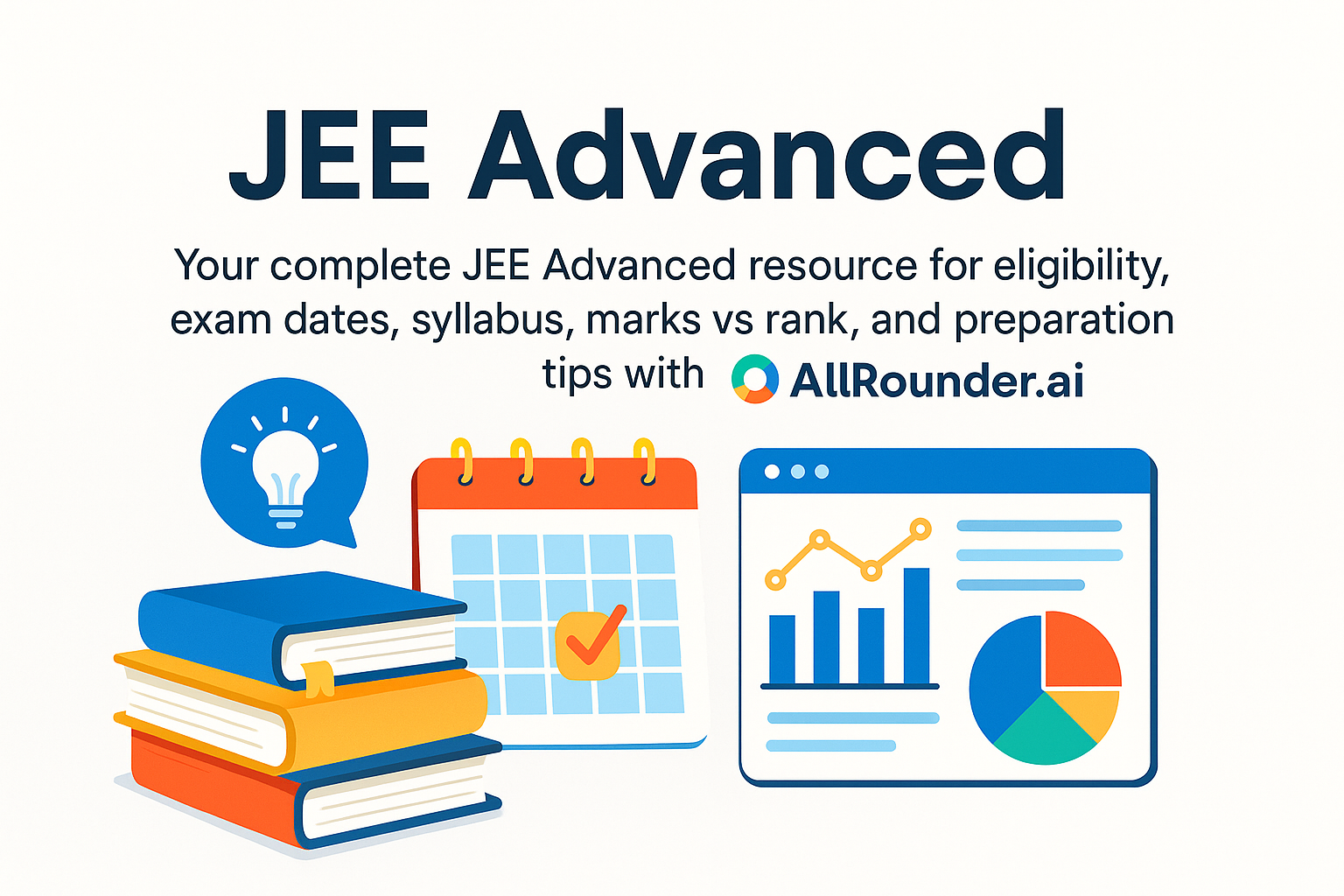
Your complete JEE Advanced resource for eligibility, exam dates, syllabus, marks vs rank, and...
-
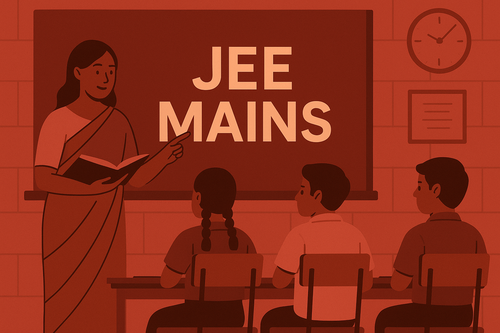
Understand the entire JEE Main process, from application and eligibility rules to the exam...
-

Explore the IB Board – a global curriculum emphasizing holistic, student-centered learning...
-

Learn about CBSE – India’s national school board offering a standardized curriculum, NCERT...
-

Explore everything about the ICSE board – its curriculum, subjects, exam format, and academic...

